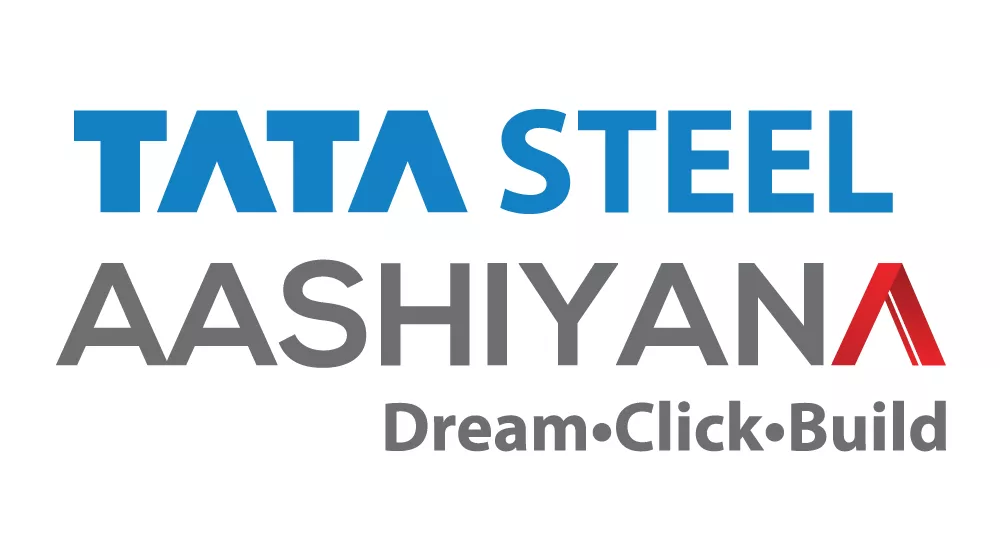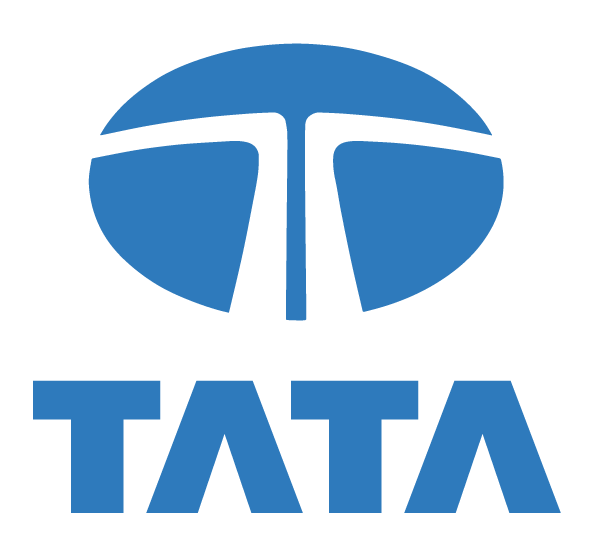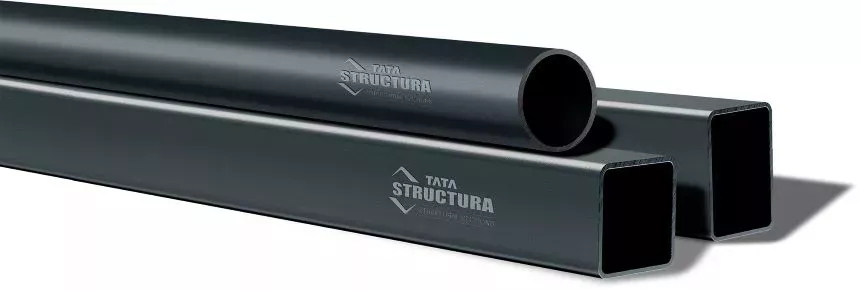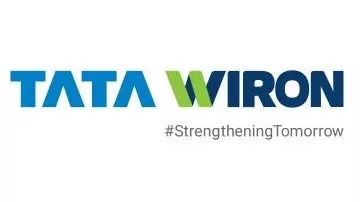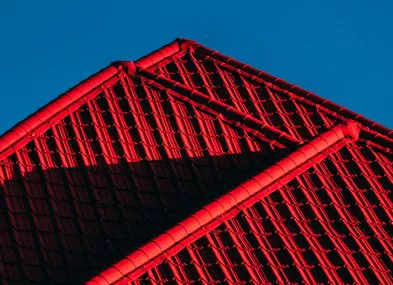Visit our
Durashine®
Frequently Asked Questions
Do’s – Always use personal protective equipment’s (helmets, goggles, shoes, gloves and high visibility vests) while handling and installing the sheets. Always wear smooth and soft sole shoes. Cut materials on the ground and not on other material where hot particles can fall and cause damage to the finishing of sheets. Remove all metal scrap, drill particles, pop rivet mandrels and excess fasteners from roof to avoid rust stains. Use power saw with metal cutting blades to cut thin sheets, this results in fewer hot metal particles and leaves less resultant burr than a carborundum disc, For roofing – Always place roof screws through the crest. For Walling – Always fix screws either on valley or through crest by stitching. Use recommended screws/ fasteners of class 3 with EPDM rubber sealing washers The groove portion should be on inner side. The air gap in the left ensures that water does not travel upward. Structure like tubes, HSS angles and channels (except zinc coated supporting structure) should be painted before fixing the sheets. Use neutral cure silicone rubber sealants. Clean the roof with clean water or mild detergent by using soft cloth, mop or soft nylon bristles to avoid swarf stains and rusts. Use chalk lines and fix screw directly on the supporting members. While walking on the roof, keep your weight evenly distributed to avoid concentrating your weight on either heels or toes. Remove guard film after installation. If not removed it could have adverse effect on the colour and will be broken into pieces due to weathering effects. DONT’S – Don’t keep colour coated sheets in contact with cement, dirt and chemicals like paint and thinner. Don’t install the roof sheets during rains, sheets get wet and slippery. Don’t use stainless steel screws, J hooks and carbon washers as they may damage the sheet. Don’t overdrive or under drive the screw as it lead to water leakage and washer damage. The groove portion should not be on outer side. Improper contact makes the roof vulnerable to water leakages. Don’t leave metal articles on the roof Don’t throw bird feed on the sheet, bird dropping can damage the colour of the sheet. Don’t use the acetic acid based sealants which liberate aggressive by products during curing which is detrimental to steel sheets. Never use abrasive or solvent type cleaners and wire brushes, steel wool, sponge, scourers to clean the roof sheets as it softens the paint film. Don’t walk on single rib, end lap gutters and skylight sheets.
Yes, Durashine® products can be recycled completely and are sustainable. The left over scraps, old panels and tear off metal can be 100% recycled for any other future metal products. These sheets are lead free, ROHS compliant and can be used for water harvesting.
Most common roll forming defects are Oil canning and edge waviness When the visible areas of metal sheets/ metal roofing has waviness or wrinkles it is described as oil canning. When the metal roofing has high amount of bending and deformation at the edges it is called as edge waviness. The roll forming defects may occur in ordinary sheets and NOT in Durashine® sheets due to precision technology and usage of high tech equipment.
Durashine® sheets are available in a variety of aesthetically pleasing colours. Asian White Bright Green Castle Red Cool Blue Nuvo Blue Satin Silver Smart grey **The colours are subject to local availability.
Have a specific question related to product? Write to us
